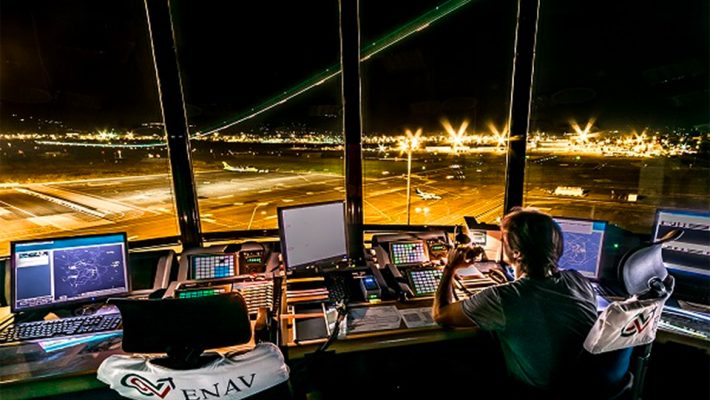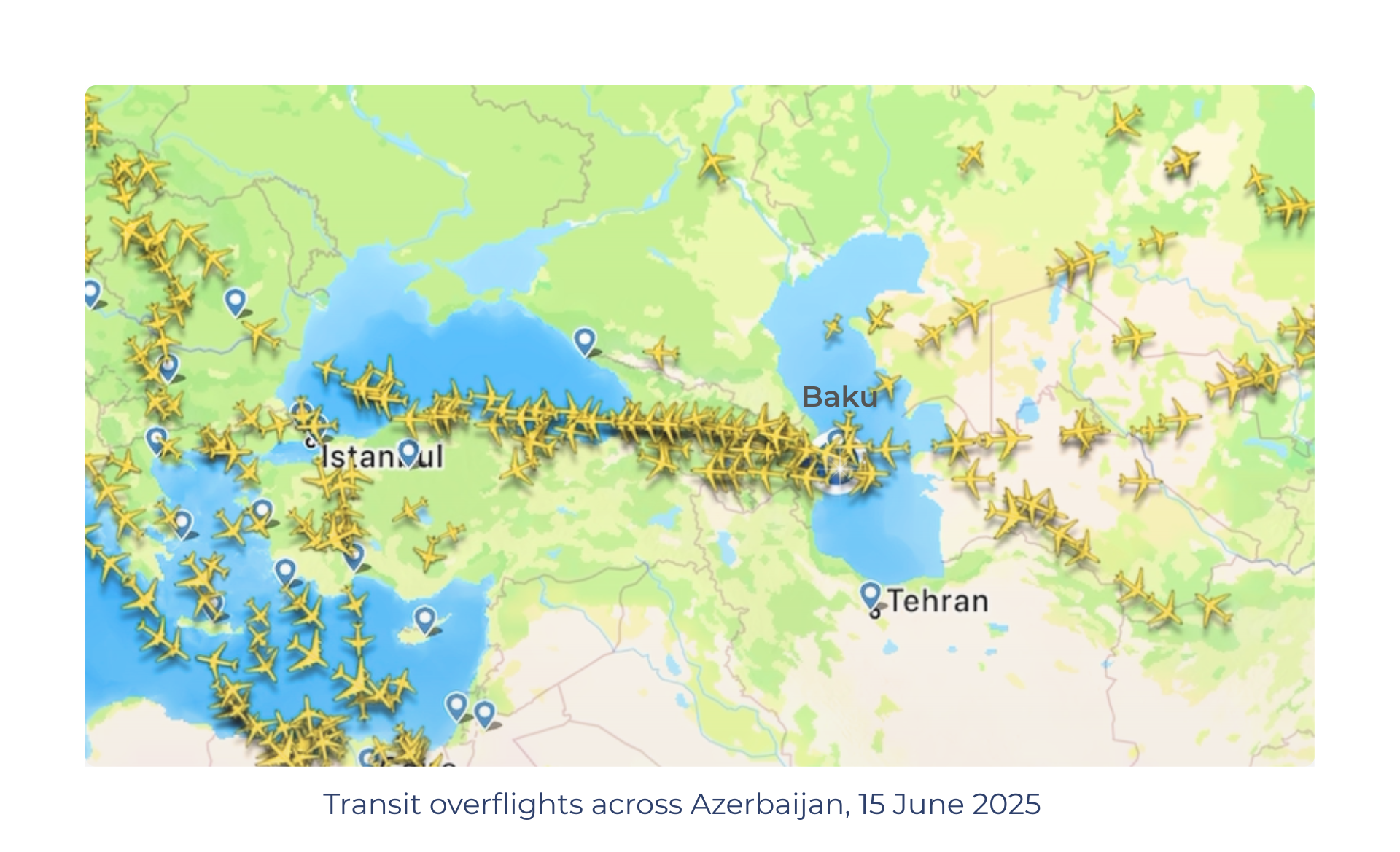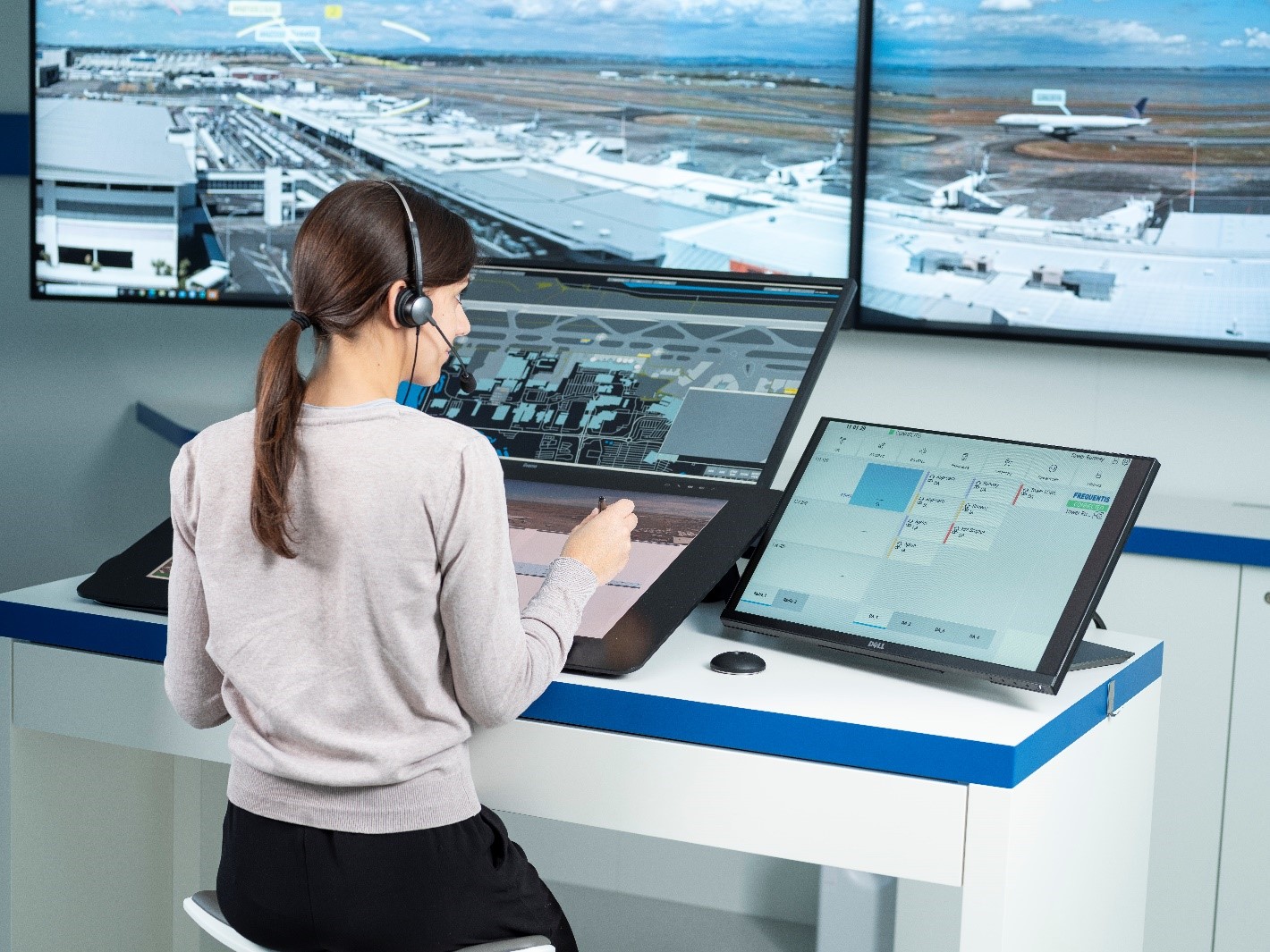ENAV: Ensuring business continuity during the COVID-19 pandemic

ENAV CEO Paolo Simioni, describes how his company has managed the challenges of the pandemic and maintained a full service for its customers.
Like most industries, the air traffic sector has been severely impacted by the COVID-19 crisis. At its onset in spring, it caused something that was completely unexpected: a drastic reduction in flights in the sky close to zero and a serious health threat.
First evaluation
The most important aspect for us to manage in the short term was the safeguarding of the health of the ENAV staff and the need to ensure their physical integrity. This allowed us to transition from crisis reaction to capacity planning in order to guarantee business continuity even in such a complex operational framework.
The second action which we quickly needed to undertake was the duplication of part of the operational rooms of the four Italian Area Control Centers (ACCs) and of the two main airports, Rome Fiumicino and Milan Malpensa. This was in order to guarantee the provision of services from dedicated a Control Working Position (CWP) deployed in an independent room in case of an urgent need to sanitize the operational room.
Reaction
The initial contingency actions aimed at creating separate ATCO teams which could take over service in case another team’s ATCOs tested positive for COVID-19. This objective was pursued through three groups of equal numbers of ATCOs in order to guarantee a double reserve:
- Group 1 was employed in normal rostering to ensure operations in a reduced configuration
- Group 2 was ready on standby at home on a 24-hour basis, ready to take over Group 1
- Group 3 was on leave
Every 15 days the groups were swapped.
In this way, the operating staff guaranteed continuity of service for 45 days, with no impact on users, even in cases of positive tests for COVID and the implementation of quarantine measures. The standby group was ready to take over operations after the required time to sanitize the operational room.
We applied this plan in the four Italian ACCs, while our airport operations were managed by two groups, one on duty and the other one available on call.
Continuous operations
The main objective remained the continuity of service provision and the application of all measures to maintain social distancing between in working positions. To enable this in the four ACCs, we repositioned the CWP of the planner controller to double the standard distance from the executive controller, allowing more than 1 meter between the ATCOs on duty.
This technical intervention reduced the number of available working positions in the operations rooms without impacting capacity. Our ATCOS have monitored traffic on daily basis from the darkest period during the lockdown, when it remained at a constant level of -90% compared to the same period in 2019, through the restart phase up until now, with levels approaching 50% compared to the summer months last year.
Capacity planning
Since the drastic drop in early March, the Network Manager has elaborated three different scenarios for the resumption of air traffic growth in the short-term future. The daily monitoring of the traffic demand trend and the analysis of the variations in flight planning, compared to the pre-COVID-19 scenario, are the key elements in our planning of consistent configurations to match demand and capacity, also taking into consideration ATCO availability. Demand outlook and consequent ACC sectors’ configurations are updated weekly with a rolling 40-day horizon.
Skills maintenance and costs
The drastic reduction in traffic, beyond the economic impact, highlighted the need for planning activities aimed firstly at maintaining ATCO skills, and also at cost reduction. We achieved this through remote continuous courses and on-the-job training sessions, with the inclusion of all ATCOs on holiday rotation so that we can close 2020 with full use of all due holidays.
Since June, the smooth and continuous traffic growth has helped our ATCOs in reassuming the requested skills to provide their services in the best way.
Regarding costs, the COVID has led to several measures to maintain continuity of service while addressing the cost items. Major investments were maintained, while analysis regarding deferring and reduction of some interventions with no operational impact, are still underway.
ENAV’s way forward
All the decisions that ENAV has already taken and those that will arise in the immediate future are aimed at ensuring maximum efficiency, without prejudice to the level of safety or the quality of our flight efficiency and punctuality. This is ultimately what characterizes the service provided by ENAV.
Lastly, we must not forget that this public health emergency that has struck the world in general and air traffic in particular cannot be an excuse to stand still, but should rather an incentive to make ourselves even more prepared to face the challenges that await us in the future.




